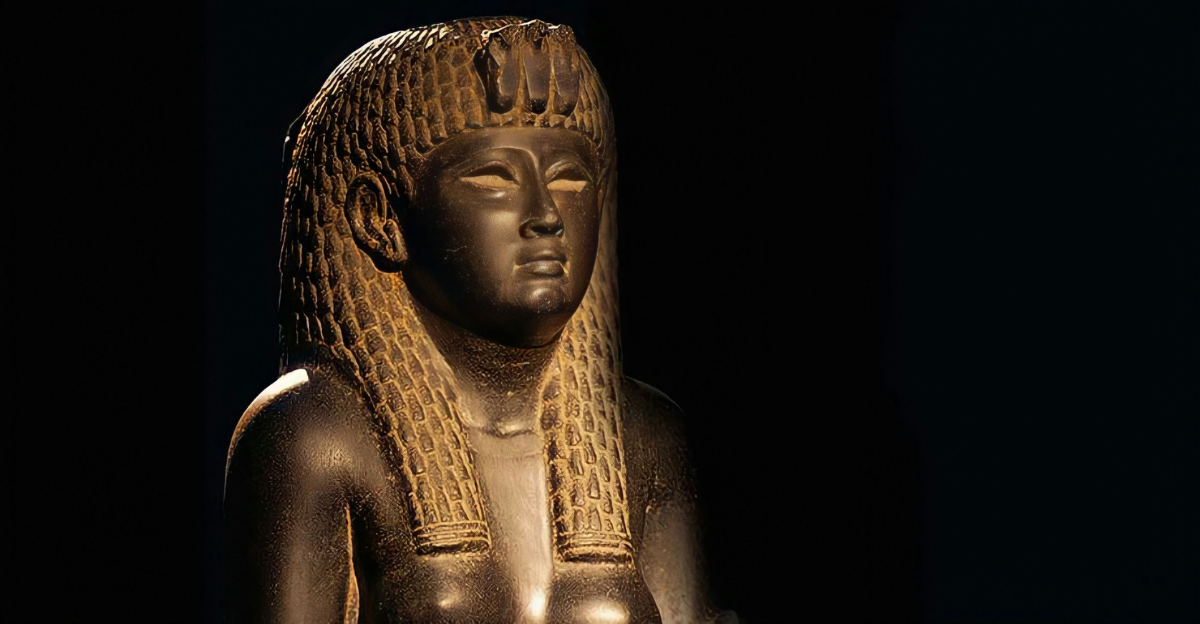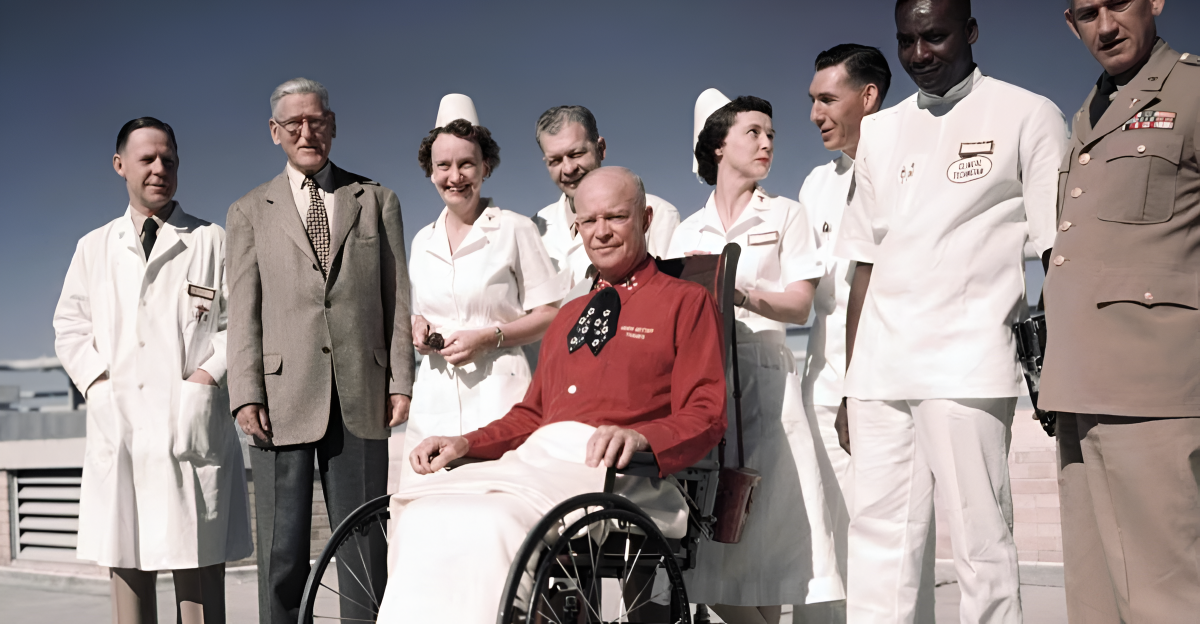
For generations, the vice presidency was mocked as a powerless placeholder—John Adams famously dismissed it as “the most insignificant office.” But that’s no longer true. In the last 50 years, vice presidents have transformed into trusted advisors, dealmakers, and crisis commanders.
From negotiating sweeping legislation to steering foreign policy, modern VPs often leave an indelible mark on the nation. Surveys now rank figures like Al Gore and Dick Cheney among the most influential political players of their time. Let’s revisit nine game-changing VPs who didn’t just wait in the wings—they rewrote what it means to hold America’s second-highest office.
1. Walter Mondale—The VP Who Changed the Job Forever
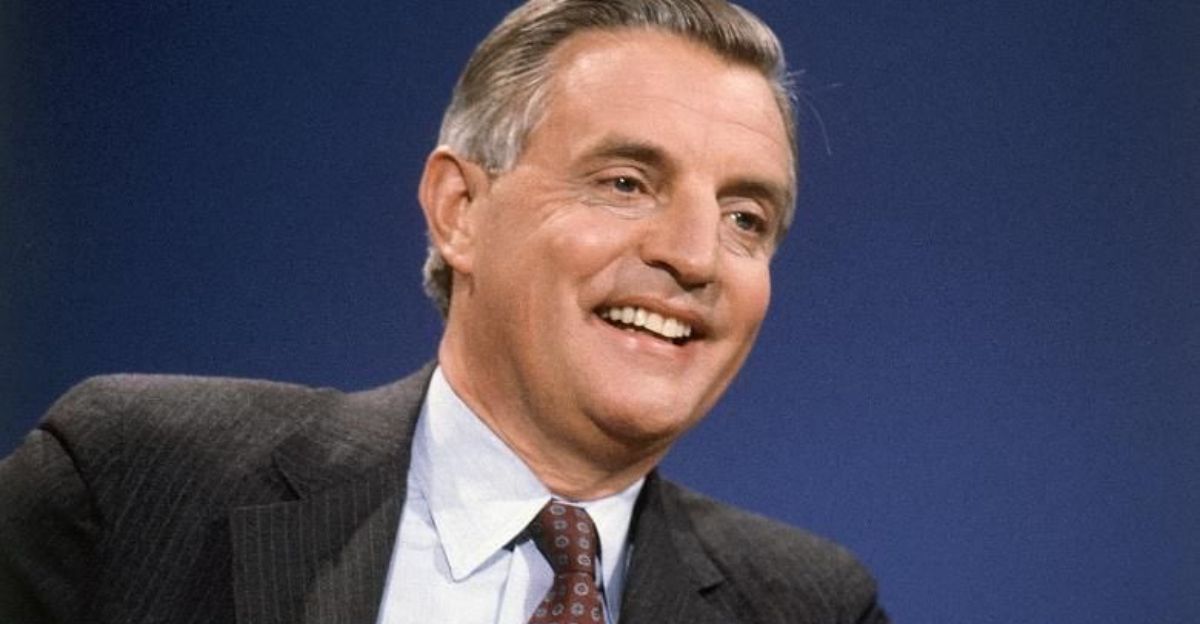
When Jimmy Carter brought Walter Mondale into the West Wing, the vice presidency transformed overnight. Mondale became the first VP to attend daily briefings, sit in on high-level meetings, and directly shape foreign and domestic policy. He wasn’t just a backup—he was a governing partner.
His legacy? Turning the office from symbolic to strategic, laying the groundwork for every modern vice president who followed.
2. John Adams—The Reluctant Trailblazer of the Vice Presidency
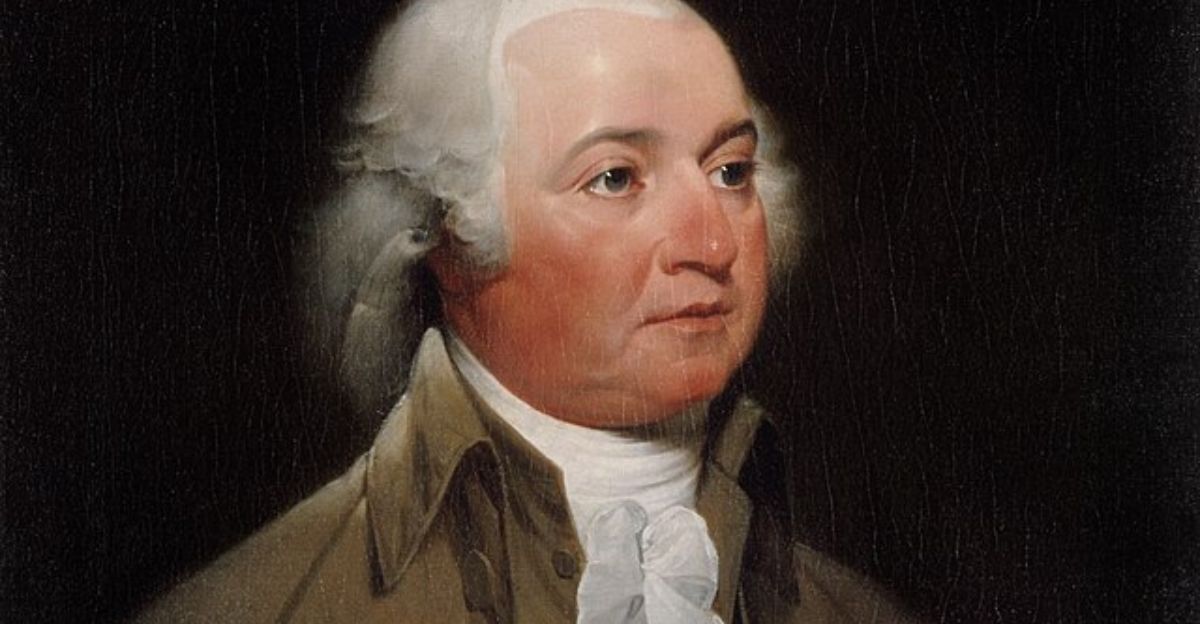
As the nation’s first vice president, John Adams found himself in uncharted territory—with no clear duties and limited authority. Still, he left a lasting mark by casting over 30 tie-breaking votes in the Senate, directly shaping the young republic’s legislative direction.
He turned a vague role into a position of consequence, especially within the Senate. His rise to the presidency later confirmed that the vice presidency could serve as a stepping stone to greater power—not just a ceremonial placeholder.
3. Al Gore: A Tech-Savvy VP Who Helped Shape the ’90s
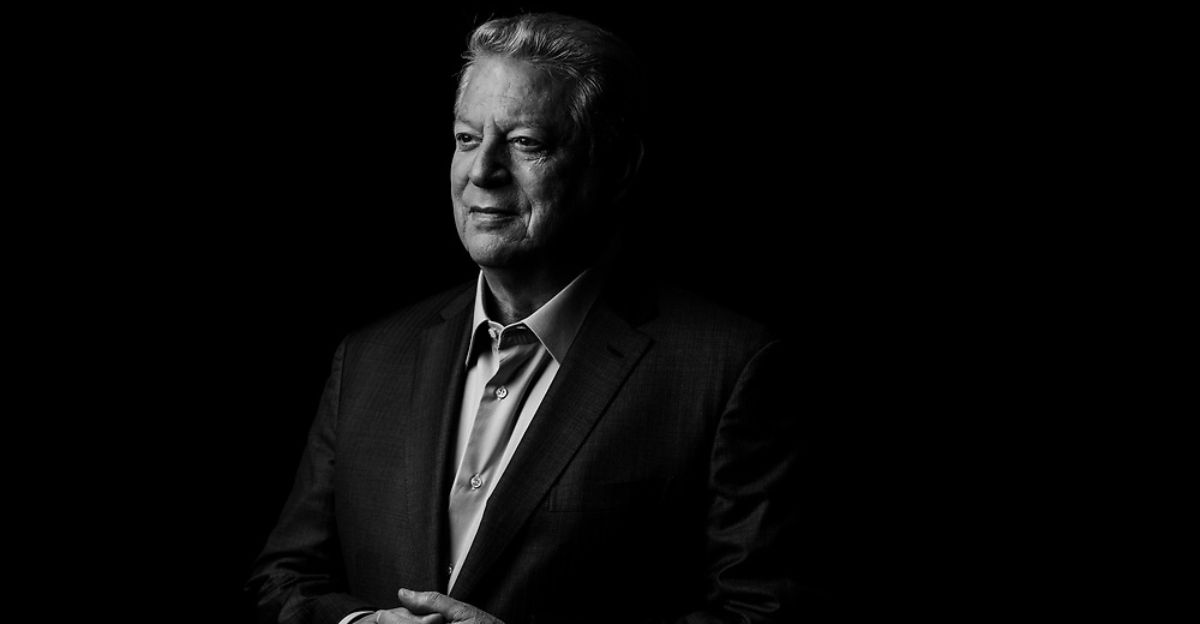
Al Gore didn’t just stand beside Bill Clinton—he stood behind some of the biggest changes of the decade. He pushed for internet infrastructure before it was trendy, launched the “reinventing government” initiative to modernize federal agencies, and championed global environmental policy.
His involvement in the Kyoto Protocol cemented his role as a global climate advocate. Gore showed that a vice president could also be a reformer, a futurist, and a true policy architect. His time in office redefined activism in the role—proving that influence doesn’t require the top title, just the right mission and momentum.
4. Dick Cheney: The Most Powerful VP in Modern History?
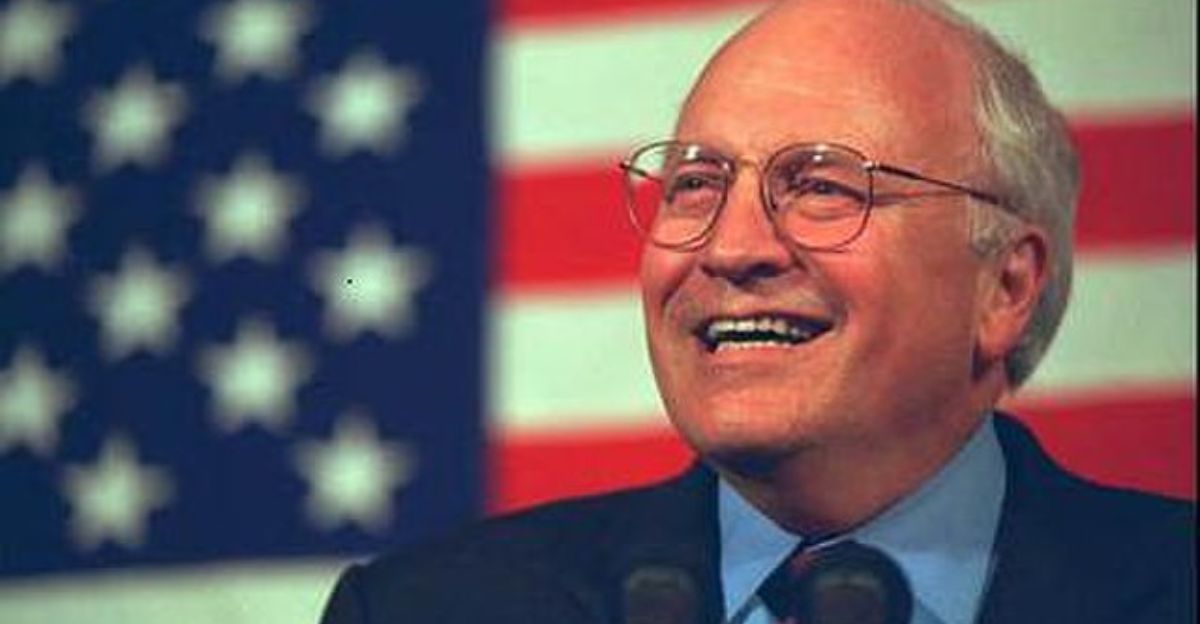
No vice president has sparked more debate—or wielded more authority—than Dick Cheney. Serving under George W. Bush, Cheney shaped post-9/11 foreign policy, defended expanded executive power, and championed the Iraq War. Often referred to as the “shadow president,” he bypassed traditional bureaucratic channels to influence military and intelligence decisions.
Critics say he overreached; supporters argue he stabilized a nation in crisis. Regardless of where you stand, Cheney’s vice presidency redefined the role’s potential. He operated with unprecedented independence and force, demonstrating how the office could command policy—and controversy—on a global scale.
5. Joe Biden: The Dealmaker Who Knew the Senate’s Pulse
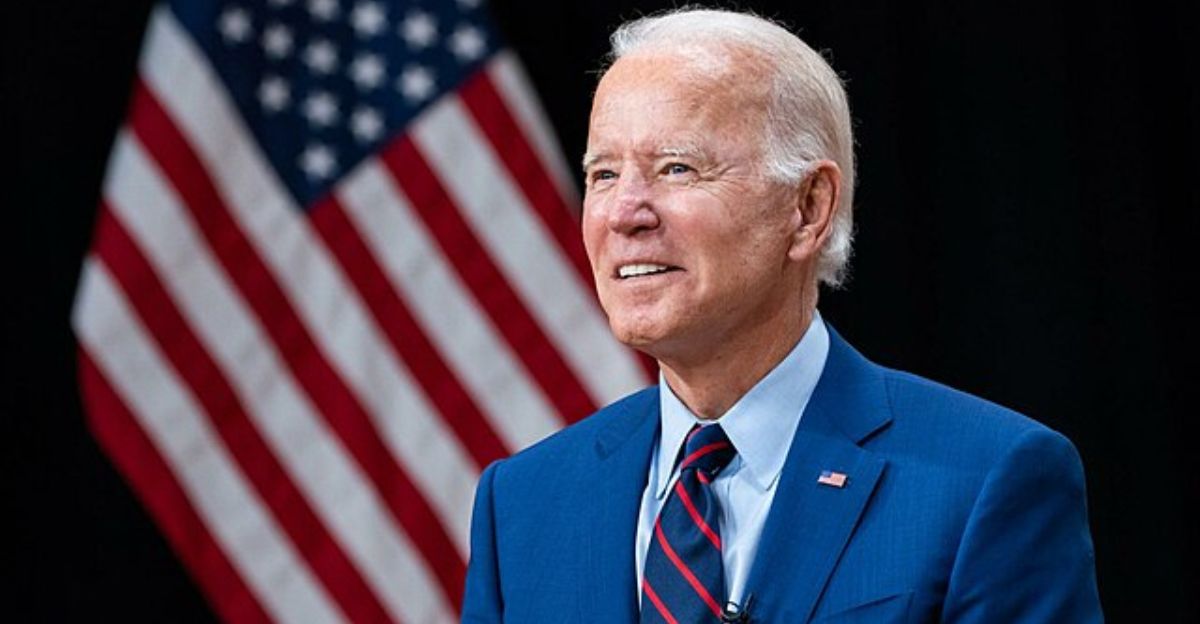
As Barack Obama’s vice president, Joe Biden’s role wasn’t ceremonial—it was surgical. Nicknamed “the McConnell Whisperer,” he was Obama’s go-to negotiator for pushing bipartisan deals through a fractured Congress. From the 2009 economic stimulus to the Afghanistan withdrawal debate, Biden handled high-stakes issues with deep political instinct.
His decades in the Senate gave him a sixth sense for legislative compromise. Quiet but crucial, Biden didn’t chase headlines—he built bridges. His tenure was a masterclass in using the VP seat for practical power, proving that behind-the-scenes victories often shape the country more than podium speeches.
6. Kamala Harris: Redefining the Role in Real Time
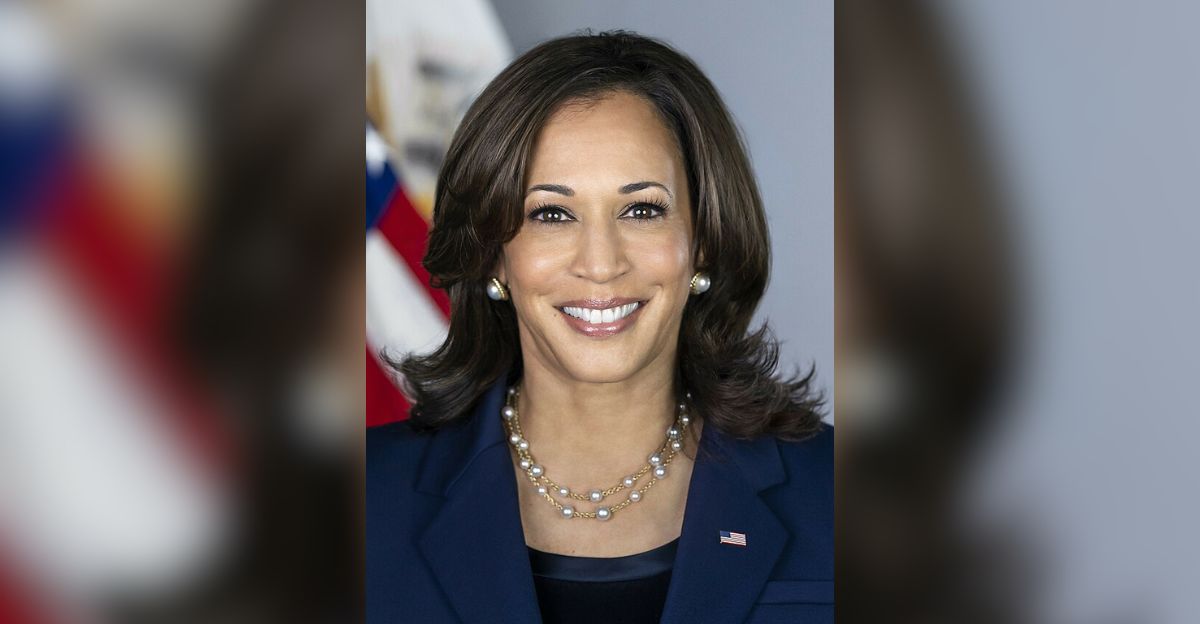
Kamala Harris didn’t just make history—she’s rewriting it. As the first woman, first Black American, and first South Asian American to become VP, Harris shattered barriers long seen as immovable. But beyond her groundbreaking identity, she’s taken on weighty responsibilities—advising on foreign affairs, tackling immigration issues, and casting more tie-breaking Senate votes than any VP in modern history.
Her tenure hasn’t been without scrutiny, but it’s a reminder: today’s VP is expected to lead in real-time, not simply wait in the wings. Harris reflects the evolving expectations—and challenges—of a job no longer defined by symbolism alone.
7. Gerald Ford: The VP Who Brought Calm After Chaos
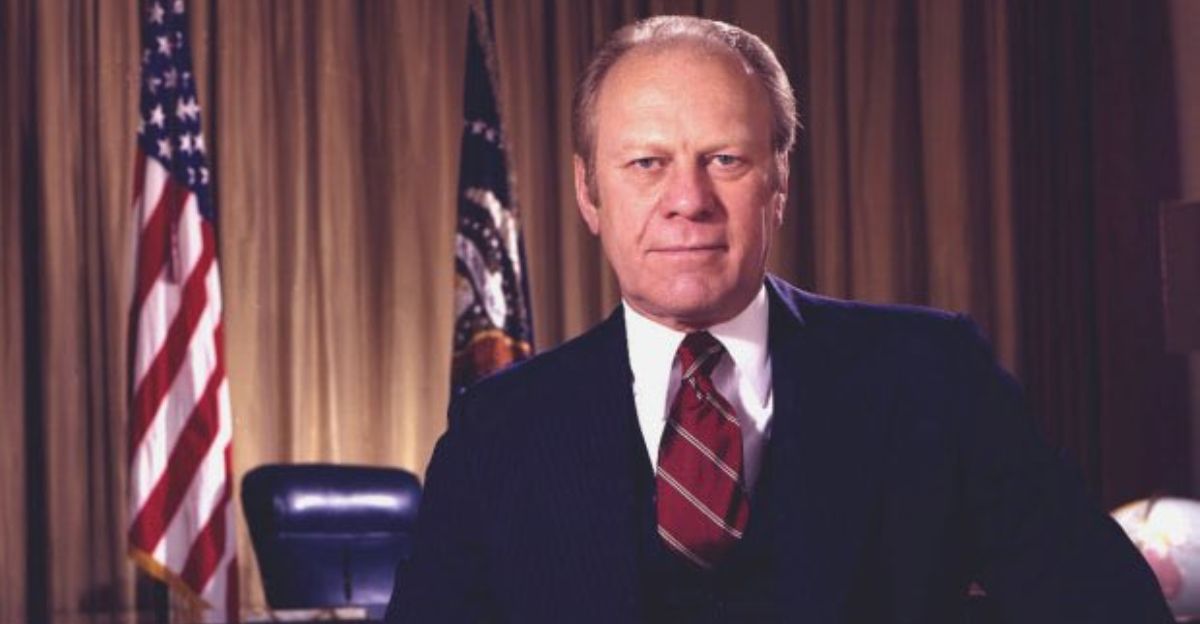
When Gerald Ford became vice president in 1973, the nation was gripped by the Watergate scandal. Chosen for his honesty and bipartisan appeal, Ford provided something rare: stability. Just months later, when Nixon resigned, Ford stepped in as president—helping the country transition without political upheaval.
Though his VP stint was brief, it was pivotal. He showed that the right person in the role can restore public trust during turbulent times. Ford’s leadership reminds us that in moments of national uncertainty, the vice presidency isn’t just symbolic—it can be the country’s anchor.
8. Lyndon B. Johnson: Quietly Laying the Groundwork for Civil Rights
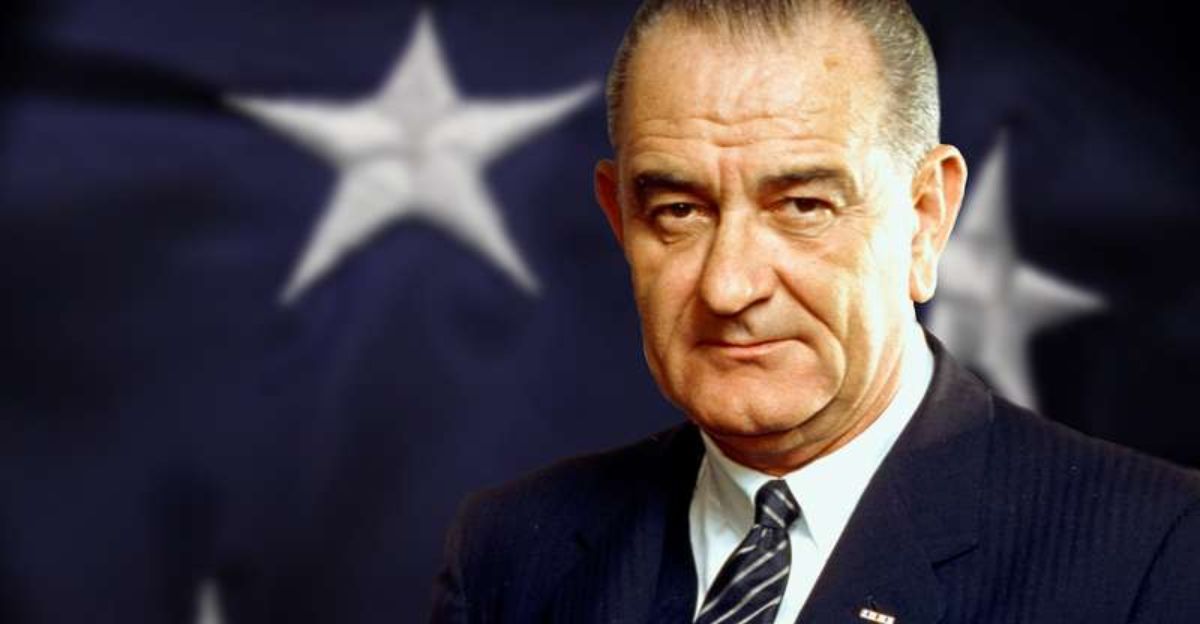
As John F. Kennedy’s vice president, Lyndon B. Johnson often found himself on the sidelines. But behind the scenes, he used his legislative know-how to advance civil rights. Johnson chaired the President’s Committee on Equal Employment Opportunities and leveraged relationships in Congress to support early initiatives.
His efforts set the stage for landmark reforms he’d later sign as president. Johnson’s VP years reveal how sidelined roles can still shape history. His quiet maneuvering helped launch one of America’s most transformative periods—proof that even behind-the-curtain work can leave a permanent mark on the national conscience.
9. Theodore Roosevelt: A “Do-Nothing” VP Turned Reform Legend
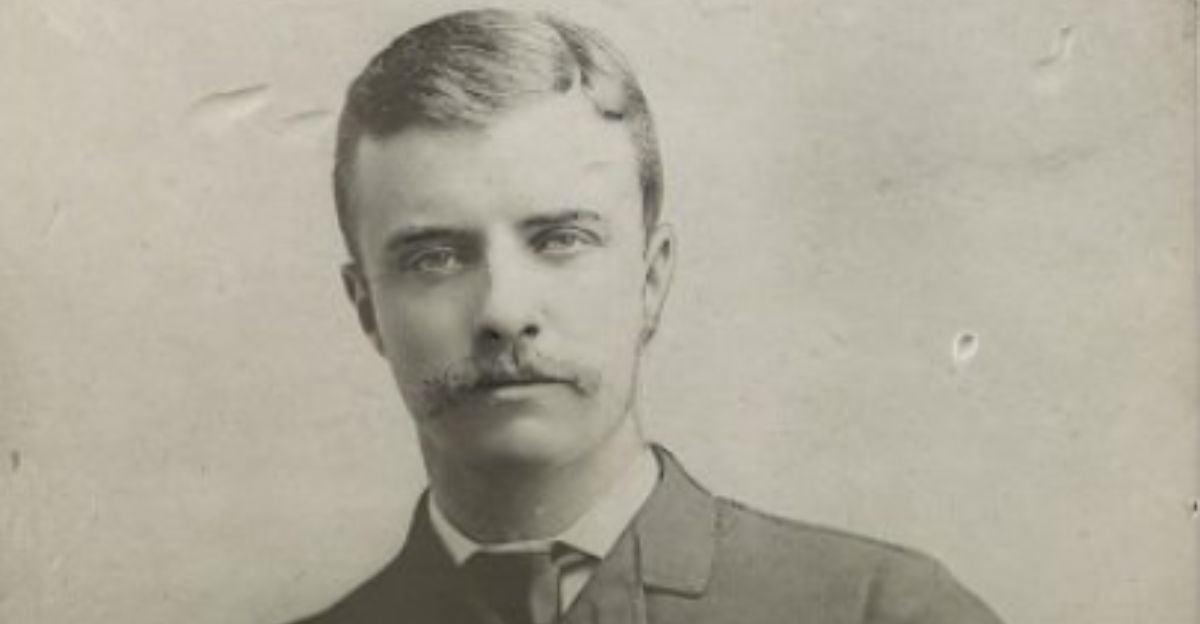
Teddy Roosevelt never wanted the vice presidency—his political enemies pushed him into it to sideline his influence. But fate had other plans. After President McKinley was assassinated, Roosevelt stepped in and reimagined the presidency itself. His energy, charisma, and reform-driven agenda launched the Progressive Era.
Though not within the last 50 years, Roosevelt’s VP tale still resonates as a cautionary story: underestimate the office, and you may end up unleashing a political force. His rise from reluctant VP to legendary leader reveals the volatile potential buried in the second seat of power.

